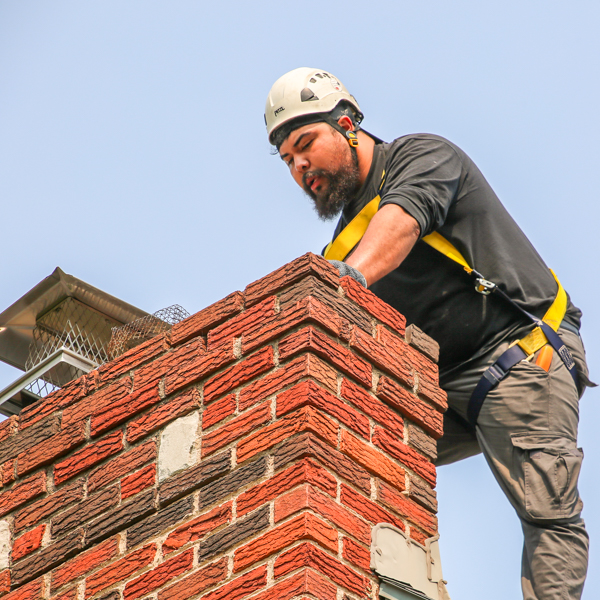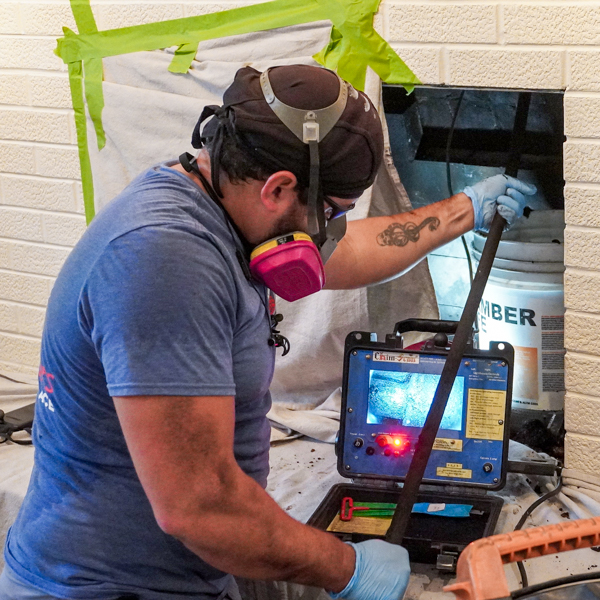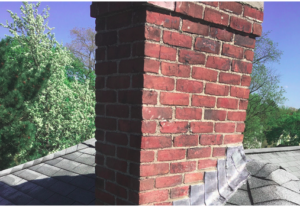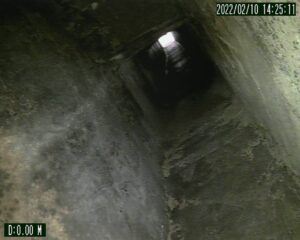How Can You Maintain a Chimney Over the Summer?
Schedule your maintenance and upgrades now
Most homeowners don’t use or even think about their fireplaces during the summer, but that doesn’t mean you should ignore your chimney. In fact, this is the best time to invest in chimney maintenance and upgrades and ensure your system is ready for cooler weather.
We encourage you to book your fireplace, chimney, and masonry work now. When you wait until Fall, there is a 6-8 week wait to get an appointment.
Now IS the time to think about safety and upgrades!
The following guide offers a few tips for taking care of your chimney and utilizing new trends this summer.
1. Schedule an Inspection
Over the winter, creosote can build up on the chimney walls. This by-product of combustion is highly flammable and can start fires with just a spark. Squirrels, birds, and other critters may also see your chimney as a safe nesting spot. A professional inspector can identify these potential issues, clean out obstructions and hazardous materials, and ensure the damper works correctly.
3. Keep the Damper Closed
The damper closes off the opening to the flue, essentially operating as a seal to access to the outside. Keeping it closed when the fireplace isn’t in use will prevent cool air from escaping through the chimney. As a result, this tactic will help lower your summer cooling costs.
4. Have the Fireplace Cleaned
The fireplace can hold onto the smell of soot and smoke, especially during the middle of the summer when humidity is high. The firebox interior may also harbor creosote, which poses a hazard when you start using the fireplace again. If you notice excessive ash and dust, it’s best to reach out to the professionals for chimney cleaning service.
4. Check the Chimney Cap
The chimney cap is a crucial component that keeps out wildlife and prevents floating embers from landing on your roof. During a chimney maintenance inspection, have the technician check the cap for signs of damage. If your chimney isn’t capped, have a professional install one before the fall.
5. Schedule your masonry now in the off season to ensure your repairs are completed in time
The freeze/thaw cycle on exterior masonry can wreak havoc on your chimney, but did you know you cannot do the repairs needed year-round? Temperatures need to be consistently above freezing for curing – this includes overnight temps, as well. Early summer is the best time to get your project in queue before fall and cooler weather rolls around.
Interesting in upgrades?
There’s no denying that fireplaces add that extra something to a space – but what’s trending for the upcoming season that can enhance your space and efficiency?
- Facade and Fireplace Surround Stone Replacement
- New venting for higher efficiency boilers
- Fireplace Inserts for lower heating costs and heat circulation
We are able to address your chimney, fireplace and masonry needs!
The post How Can You Maintain a Chimney Over the Summer? appeared first on Boston's Best Chimney.
 Material Damage
Material Damage Schedule Chimney Cleaning & Inspection Early
Schedule Chimney Cleaning & Inspection Early Signs Your Flashing Needs Repair
Signs Your Flashing Needs Repair What is a Chimney Flue?
What is a Chimney Flue?